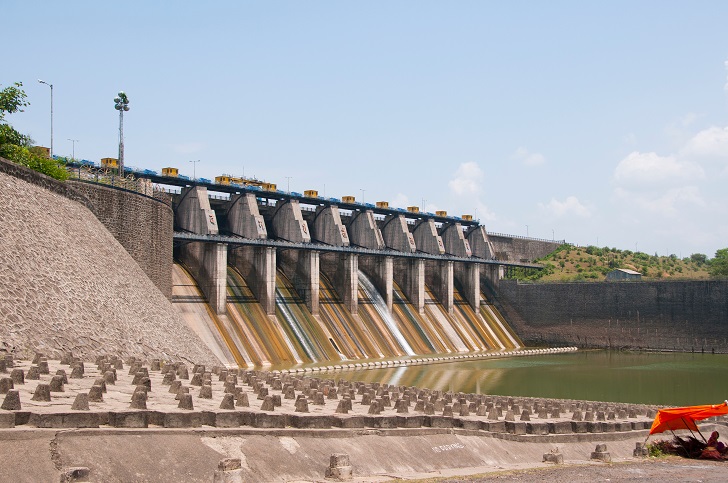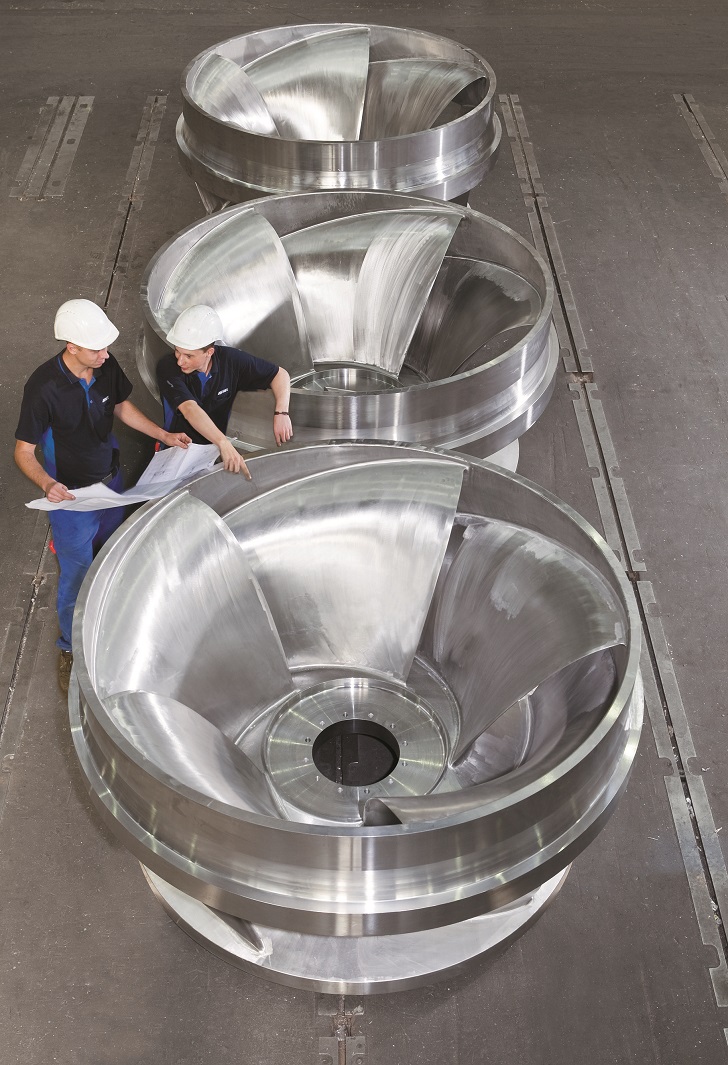

Recent temperatures in Hyderabad, the capital of Telangana state in south-central India, hit record levels. Such extreme temperatures are now increasing in frequency, causing drought and despair for farmers in a region largely dependent on agriculture.
The problem is intensifying as periods of extremely high temperatures are now occurring annually. Worst hit are the states of Andhra Pradesh and Telangana in the southern part of the Indian subcontinent. In Andhra Pradesh, known as the ‘Rice Bowl of India’, 60% of the population live off the land but the high temperatures have created problems for irrigation and crops, hindering economic development and resulting in 1.4 million farm-ers leaving the region in 2016.
Irrigation is key
About 80% of India’s rainfall occurs from mid-June to mid-October during monsoon season, so efficient irrigation, which has a long tradition in India, is key. Two thirds of the agricultural land depend on the monsoon or regular rainfall, but only one third has reliable irrigation to provide water for people, livestock and farming.
As a result, the state government launched the Jala Yagnam project in 2004. Translated as sacred water, the Jala Yagnam project comprises a whole series of irrigation projects of different sizes and will ensure the irrigation of around 3.3 million hectares (8.2 million acres) of agricultural land.
Kaleshwaram project
One of the largest sub-projects of Jala Yagnam, the Kaleshwaram project is designed to store approximately 4.7 trillion litres of water (169 TMC - one thousand million ft3) which will irrigate 736,345 hectares of agricultural land in Telangana.
For this project, a dam is being built near the village of Kaleshwaram downstream of the point where the Pranahita flows into the Godavari River. The districts of Karimnagar, Medak, Nizamabad, Nalgonda, and Ranga Reddy are to be irrigated from there. The project comprises several pumping stations with reservoirs. The water is transported over a height of 500 m and a distance of 200 km.
This is the first multi-stage lift irrigation project of this magnitude and complexity in India. It also contains the longest water transport tunnel in Asia, extending over a distance of 81 km and connecting the dam to a reservoir. An irrigation project of this magnitude is the first of its kind, not just in India, but worldwide.
Infrastructure contracts
In India, infrastructure developments like this are awarded turnkey as so-called EPC (Engineering, Procurement, Construction) projects. The EPC contract partners are usually large Indian infrastructure companies. In this type of contract, the basic requirement is that key components are only supplied by qualified companies with a healthy balance sheet and good financial standing. In irrigation projects these are the pumps and motors.
In the Kaleshwaram project, the Indian infrastructure company Megha Engineering & Infrastructures Ltd. (MEIL) is acting as EPC contract partner. Based on a joint overall solution for turnkey delivery of the key components, the pumps and motors, ANDRITZ and its long-standing partner ABB were awarded the contract. While ABB Finland is supplying the motors, Andritz will manufacture 27 vertical volute pumps for three pumping sta-tions.
ANDRITZ portfolio
International technology group Andritz supplies plants, equipment, and services for hydropower stations. This portfolio also includes high-quality large and standard pumps used in infrastructure projects for irrigation, desalination, and drinking water supplies. The Andritz Group’s Pumps division is supporting the Jala Yagnam infrastructure project in a total of eleven sub-projects. These include delivery of three vertical volute pumps for the Bheema project to irrigate 820 km² (203,000 acres) of land and five volute pumps for the Kalwakurthy pumping station with a total flow rate of 115 m3 per second.
Guide vane mechanism
The pumps for the Kaleshwaram project are customised vertical volute pumps, each with an efficiency of up to 90%. The special feature of these pumps is that they are similar to turbines because of their size and integrated guide vane mechanism. The guide vane mechanism is adjusted by means of a hydraulic servomotor to suit the changing water level. This can achieve a large increase in efficiency compared to normal pumps and lower energy consumption when the pumps are started up if the guide vane mechanism is closed.
In addition, a new hydraulic system with a particularly high specific speed of 400 NSQ and 600 NSQ (a measurement describing the ratio between flow rate, speed, and delivery head) was developed for the pumps in the first and second stations, taking account of the circumstances there. In addition, the weight of the impeller was optimised and the draft tube was downsized. Depending on the plant concerned, a single pump achieves heads between 25 and 107 m and handles a flow rate of 31.1 to 83m3 per second. The largest head achieved is
107 metres, which is approximately the height of the Cathedral Church of Milan, while the pumps with the highest flow rate of 83 m3 per second could completely fill the Cheops Pyramid in Cairo, Egypt, within eight hours.
Besides design and delivery of the pumps and spare parts for them, installation and commissioning work on site will also be supervised by Andritz personnel. Great hopes are being pinned on the success of this infrastructure project. Harnessing sufficient water reserves for reliable irrigation of agricultural land will also bring about a long-term change for the better in the lives of farmers in India’s most populous state of Telangana.





